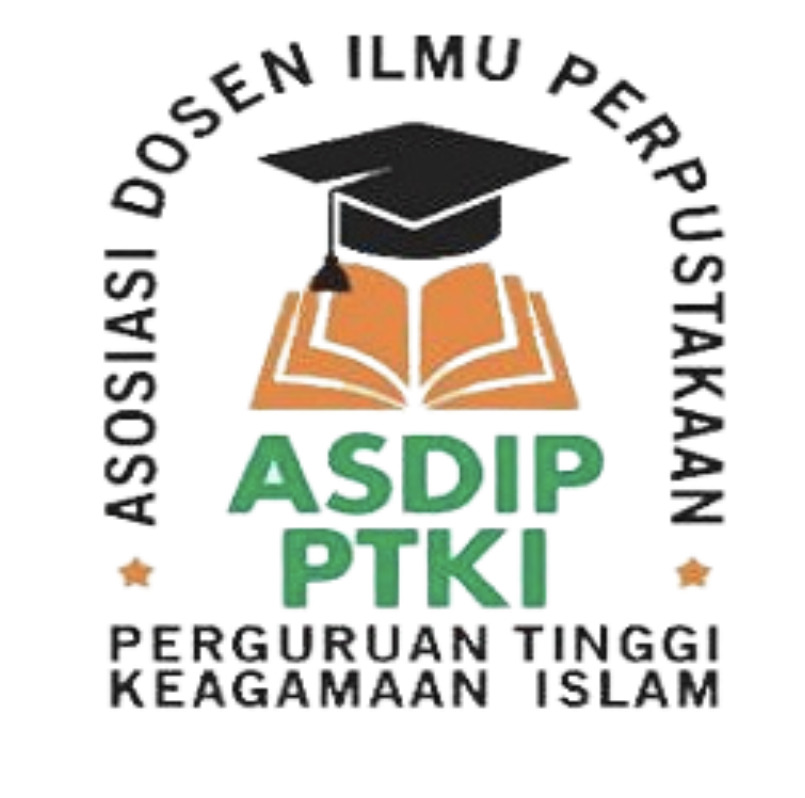E-Library Berbasis Mobile Bagi GPMB Kabupaten Malang Dalam Mendukung Gerakan Literasi di Era Pandemi COVID-19
DOI:
https://doi.org/10.29240/tik.v6i2.4440Keywords:
E-Library, Mobile-Based, GPMB, Malang RegencyAbstract
It is undeniable that during the Covid-19 pandemic all community activities  are limited to direct interactions. One of the limits of activity is in the area of library services, where there are two services that libraries have to offer: physical  lending  and electronic  lending. There are several barriers that libraries encounter in relation to e-book lending services. For example, low technical proficiency, limited equipment and infrastructure, internet network, and cost. Therefore, in order to solve these problems, we applied the method of user-centered design to system development, built a user-friendly and user-friendly mobile-based electronic library, and built visitor-library relationship management. The development of this library service system application uses a linear sequential method (waterfall). The waterfall methodology is a systematic, sequential software development method that starts at the system level and progresses through analysis, design, code, testing, and maintenance. Below are the stages of the waterfall model. E-library results have several features for restricting access rights, such as: B. Limitation on number of books and loan period. The resulting application has the main function of being able to protect your digital works in use. That is, restricting borrowed digital works to specific devices.
Downloads
References
Anugrah, D. A., & Kurniadi, D. (2015). Rancang Bangun Aplikasi e-Library Berbasis Web Dengan Teknologi Responsive. Jurnal Algoritma, 14(2), 437–442. https://doi.org/10.33364/algoritma/v.14-2.437
Dewi, A. O. P. (2019). Penggunaan Mobile Library untuk Perpustakaan Digital. Anuva, 3(2), 151–155.
Fitriyan, M. R. (2017). Sistem nformasi pengelolaan perpustakaan berbasis QRCODE. 1–15.
Rifa’i, B. (2017). Dukung Literasi Antikorupsi, KPK sumbang 2.500 buku ke TBM di Serang. https://news.detik.com/berita/d-3482101/dukung-literasi-antikorupi-kpk-sumbang-2500-buku-ke-tbm-di-serang
Sciences, H. (2016). Penerapan E-Library dalam Sistem Informasi di Sekolah. 4(1), 1–23.
Setiyarto, H. (2015). Aplikasi Digital Library Pada Perangkat Mobile Berbasis Android. 1–4.
Sinaga, D. (2005). Taman Baca Siskamling – Desa Sindangwangi Kec. Padaherang. https://kknm.unpad.ac.id/sindangwangi/taman-baca-siskamling/%0A
Syaikhu HS, Akhmad & Muhajan, Z. (2010). Perpustakaan Mobile (M-Libraries). Jurnal Perpustakaan Pertanian, 19(June), 72–80. https://www.researchgate.net/publication/303973517_PERPUSTAKAAN_MOBILE_M-LIBRARIES
Yanto, Andri, D. (2016). Model Aktivitas Gerakan Literasi berbasis Komunitas di Sudut Baca Soreang. Jurnal Kajian Informasi dan Perpustakaan. 2 (1), 107–118.
Yulianah. (2017). Pengembangan Aplikasi perpustakaan Berbasis Android Di Trisakti School of Management (pp. 61–68). VISI PUSTAKA.
Downloads
Published
Issue
Section
Citation Check
License
Authors who publish with Tik Ilmeu : Jurnal Ilmu Perpustakaan dan Informasi agree to the following terms:
- Authors retain copyright and grant the journal right of first publication with the work simultaneously licensed under a Creative Commons Attribution-NonCommercial-ShareAlike 4.0 International License (CC BY-NC-SA 4.0) that allows others to share the work with an acknowledgment of the work's authorship and initial publication in this journal.
- Authors are able to enter into separate, additional contractual arrangements for the non-exclusive distribution of the journal's published version of the work (e.g., post it to an institutional repository or publish it in a book), with an acknowledgment of its initial publication in this journal.
- Authors are permitted and encouraged to post their work online (e.g., in institutional repositories or on their website) prior to and during the submission process, as it can lead to productive exchanges, as well as earlier and greater citation of published work (See The Effect of Open Access).







 This work is licensed under a
This work is licensed under a 